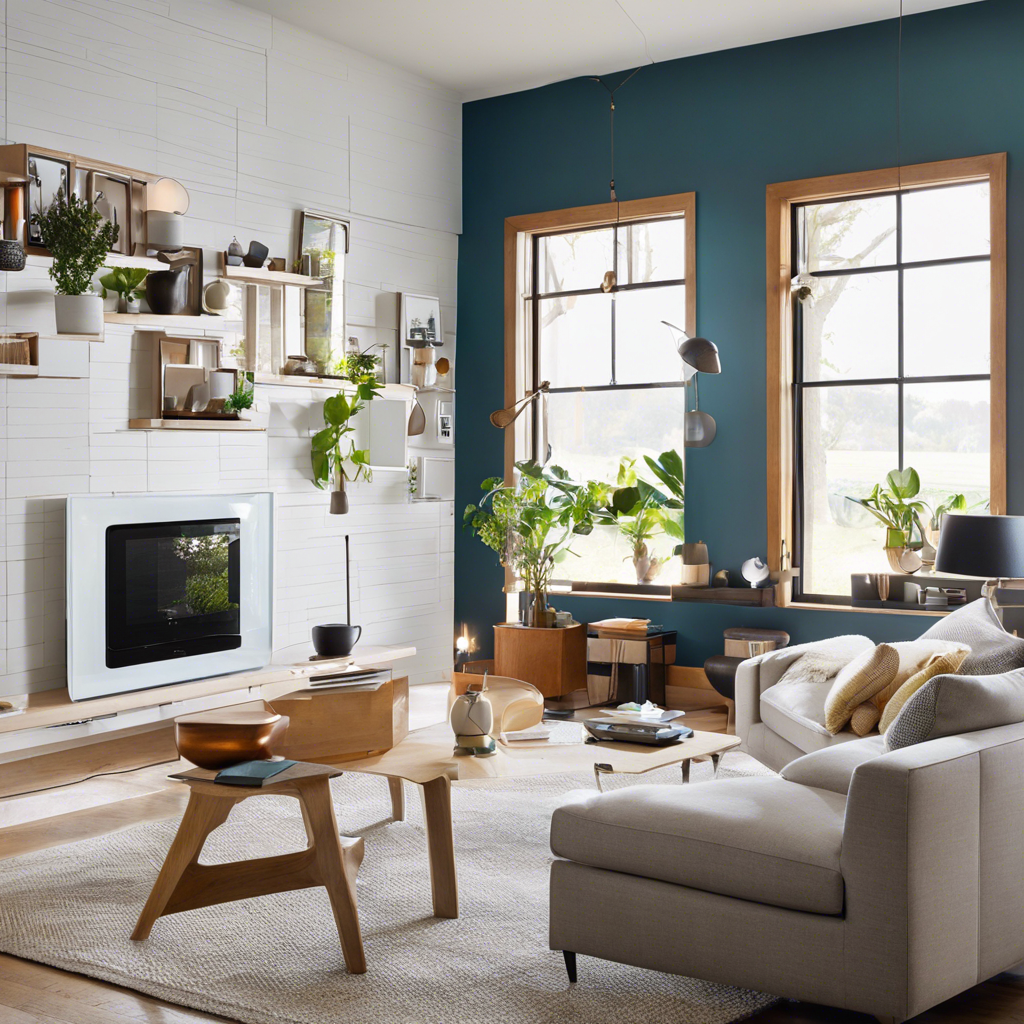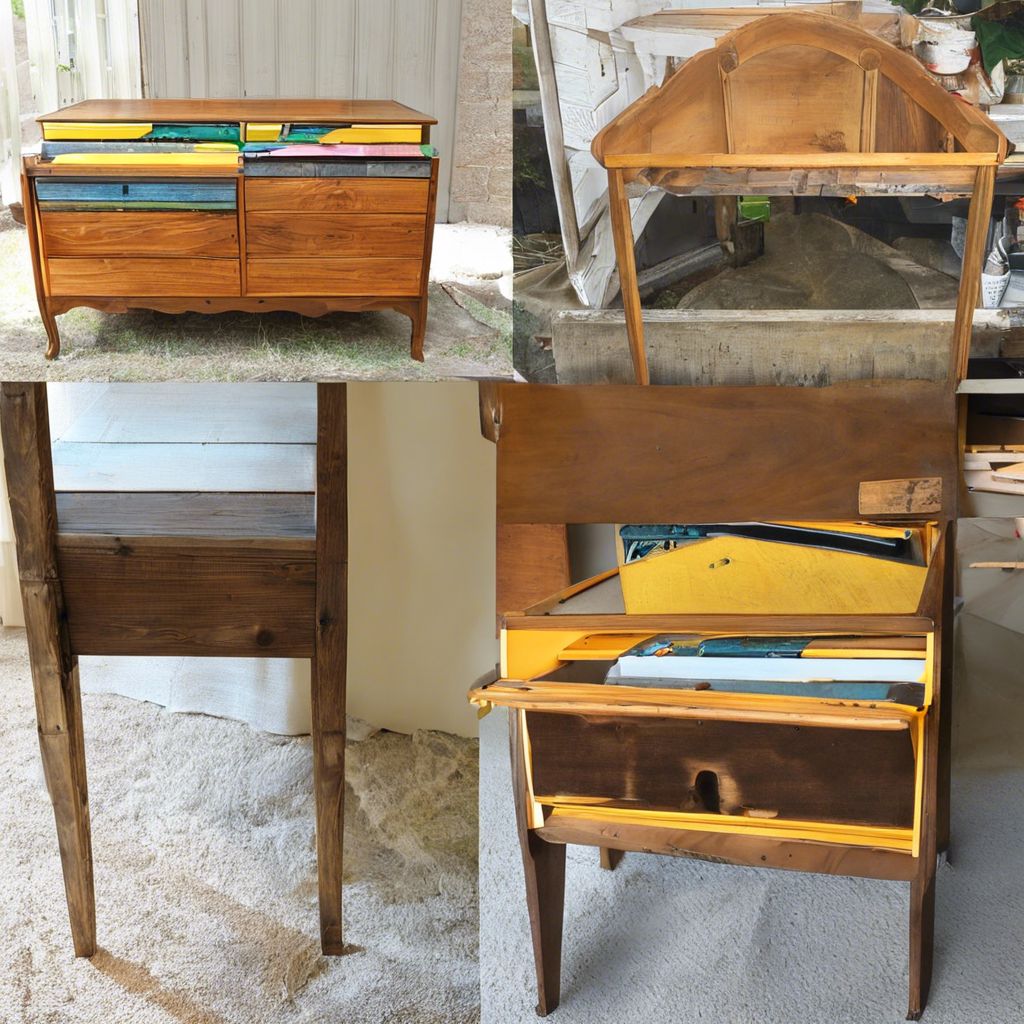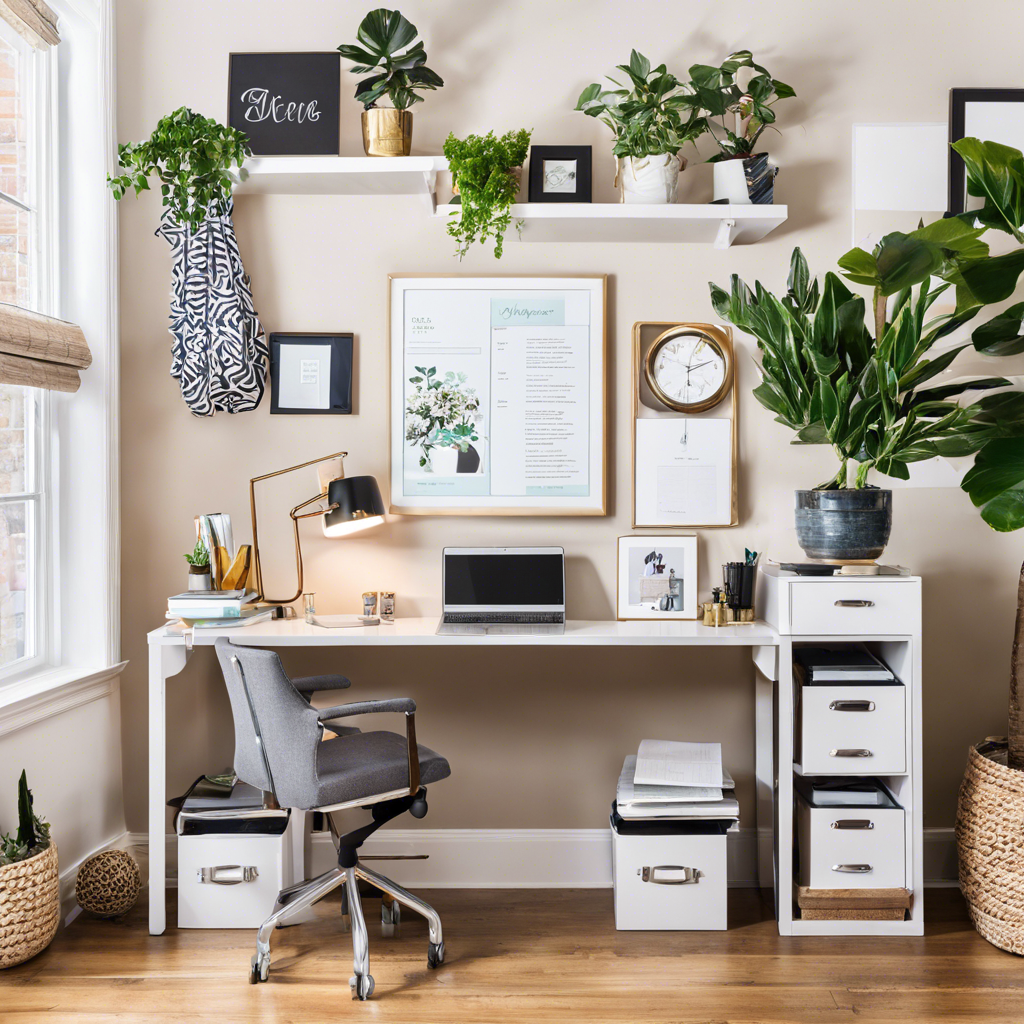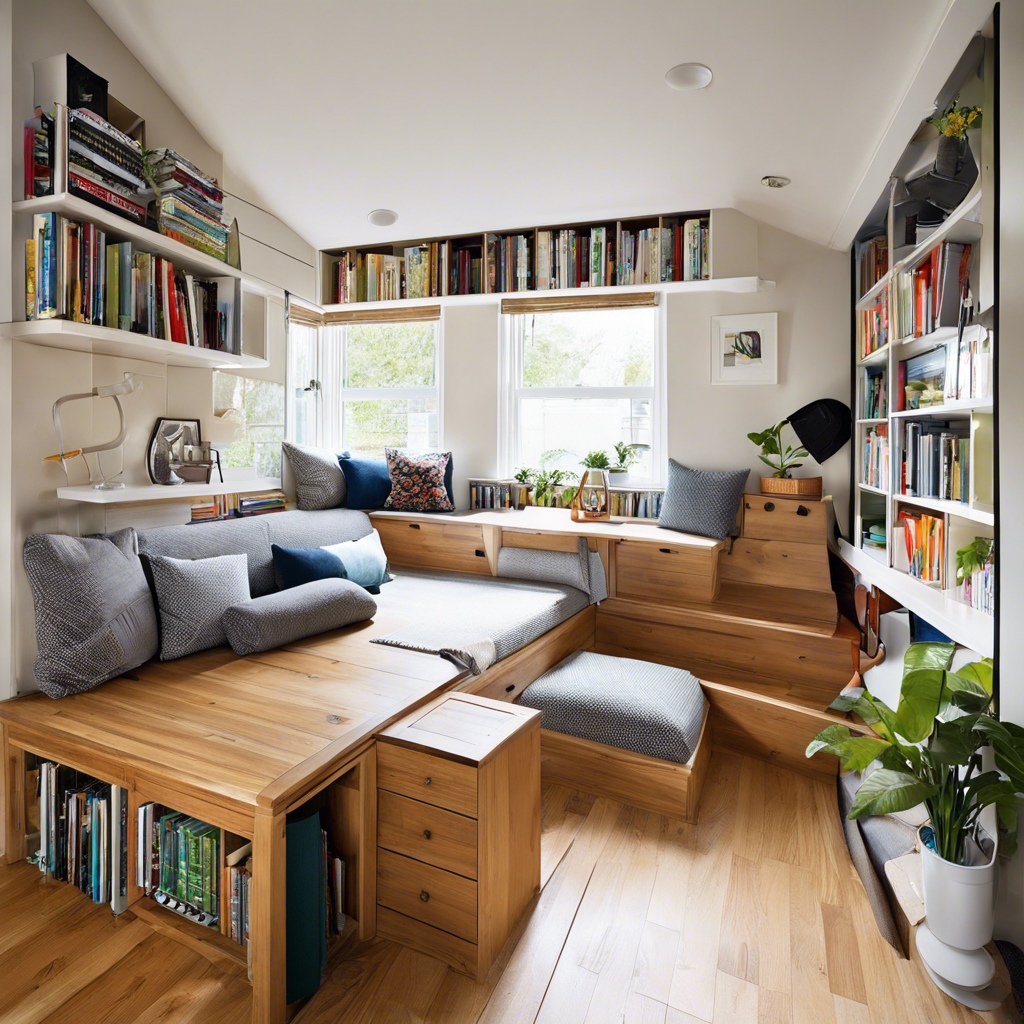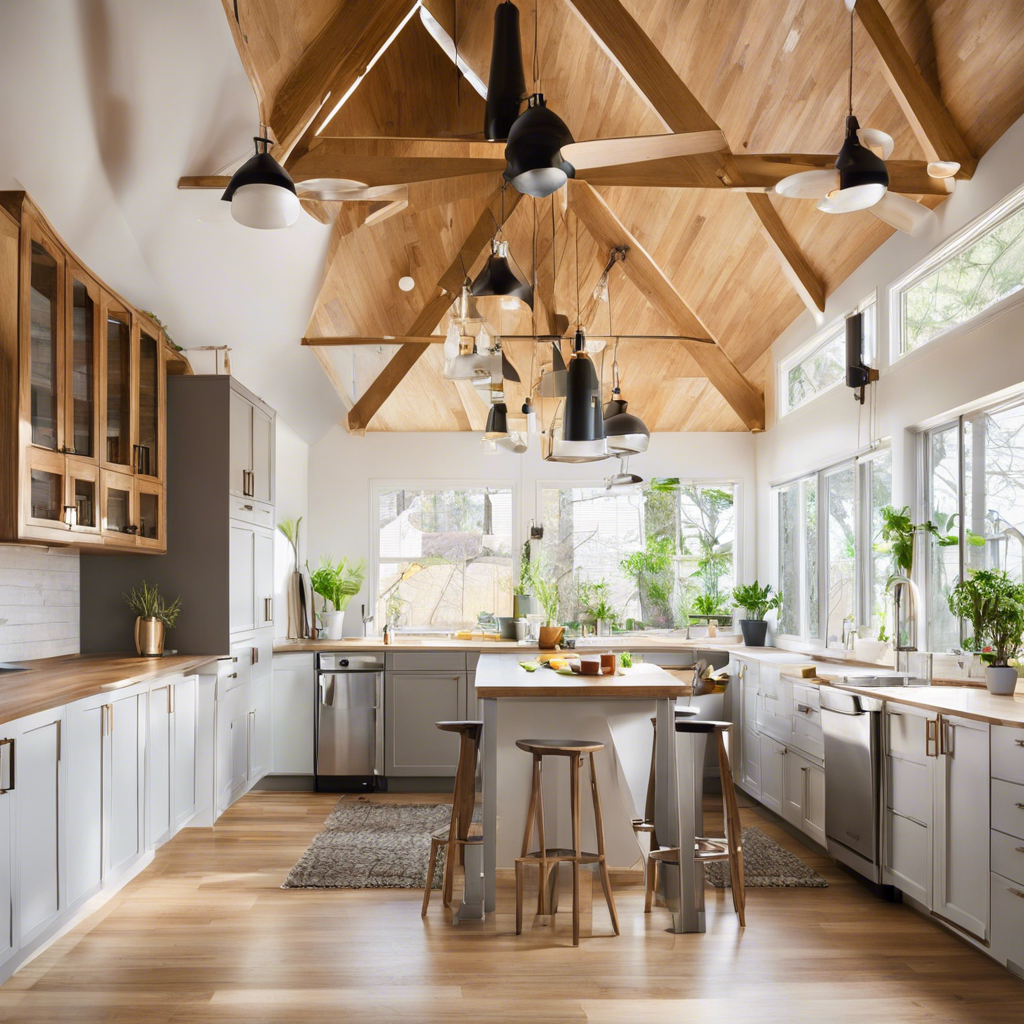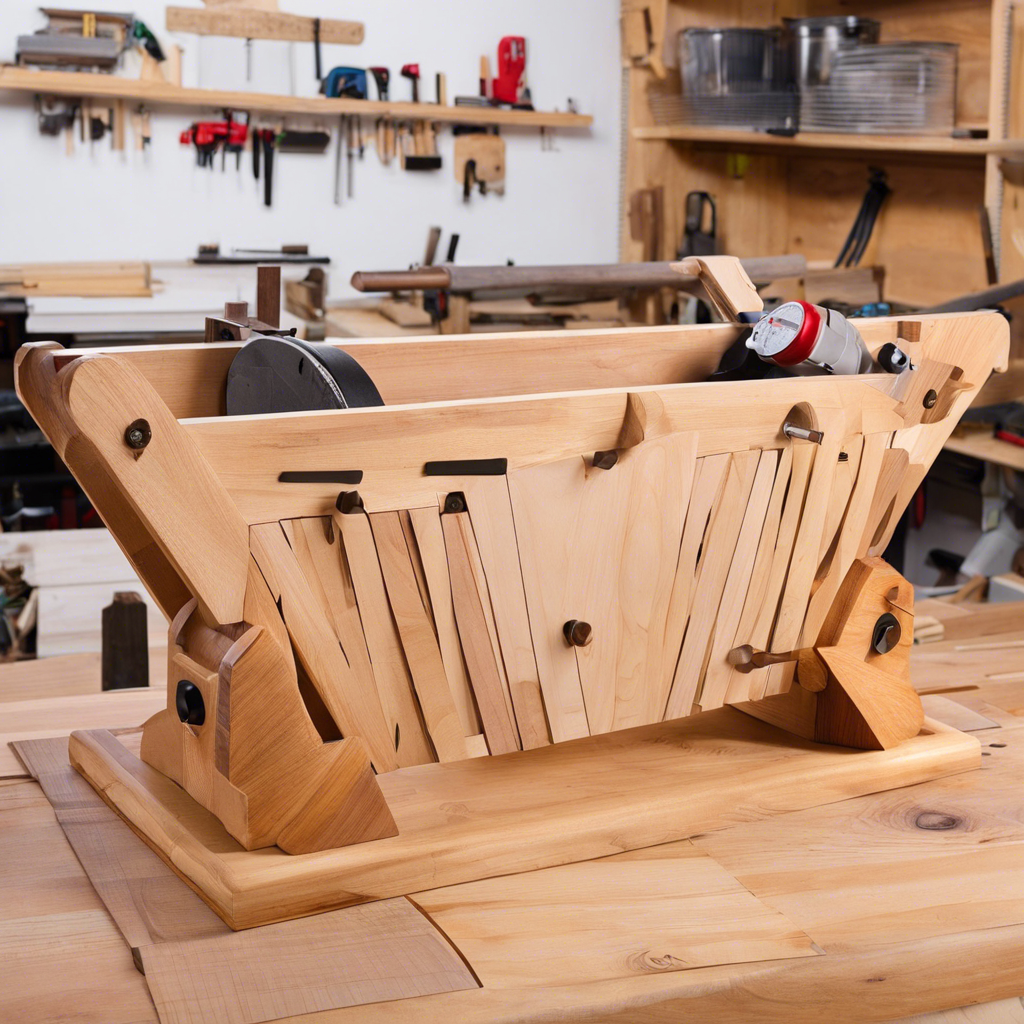Creating a Smart Home: Simple Tech Upgrades Anyone Can Do
Creating a smart home is easier than you think. With just a few simple tech upgrades, you can turn your home into a haven of convenience and connectivity. So, where to begin? Start with assessing your needs and priorities. Do you want to improve your home security, create a seamless entertainment system, or make your … Read more
